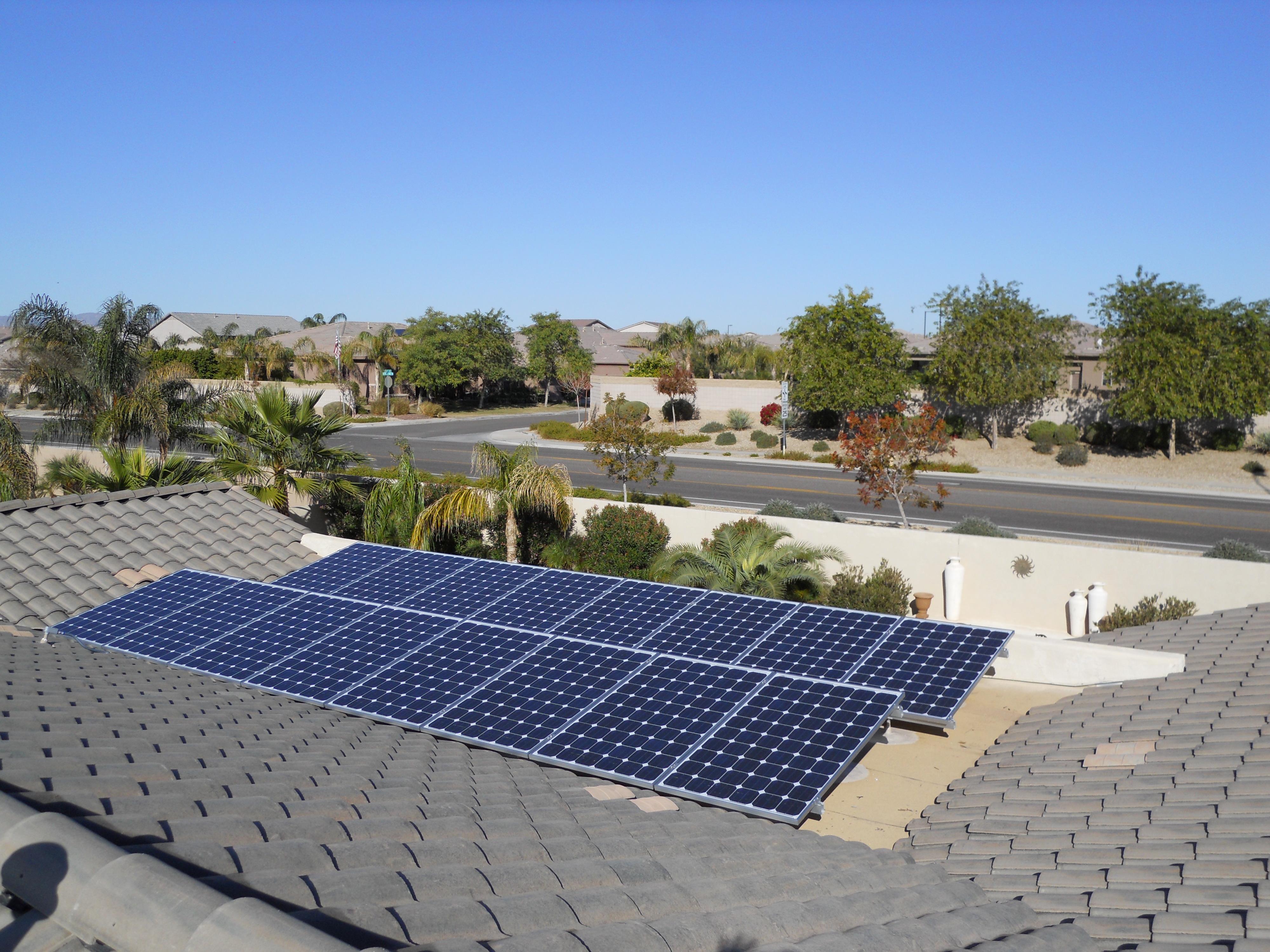Policies for a Green Energy Economy
12/20/2012 1 Comment
An e-mail survey came today from the Democratic Party asking for thoughts about how we should move forward.
What do you think of this answer???
With thanks for the progress made toward a greener economy, I would like the President to make leadership for a new energy economy his top priority. The price of a transition to efficiency and clean energy would be much less than the cost to our society of continuing to burn oil, coal and natural gas.
Americans know that burning fossil fuels increases catastrophic weather damage and risks future economic collapse. We have good alternatives, just in time to help us preserve our economy and our resources.
This plan would result in revitalization of our economy, increased employment, lower energy costs, export profits, and a safer world.
We need the administration to:
1. Support Environmental Protection Agency (EPA) rulings based on climate science and a political policy imperative to end the burning of all fossil fuels
2. Increase Department of Energy (DOE) support for energy efficiency, and clean energy research, development and marketing
3. Cancel tariffs on foreign on clean energy technology and subsidize American clean energy production, (maybe with Department of Defense (DOD) funds, as military say our dependency on fossil fuels is a vulnerability,) Set carbon related tariffs on imported products from countries without a carbon tax.
4. Mandate all government facilities retrofit for energy efficiency and double required energy efficiency standards in new buildings
5. Mandate all new purchases of government vehicles be electric or hybrid, and continue research into non-food biofuels for aviation
6. Deny permits for additional oil or gas drilling, pipelines, or export terminals for coal, oil, gas or liquid natural gas
7. Support legislation for a carbon fee and dividend, energy standard, an end to subsidies for fossil fuel, tax credits for solar, wind, wave and geothermal energy production and other steps to incentivize investment in green energy, energy efficiency and conservation. The legislative goal should be for all new investments in energy to go into development of clean energy, not more oil, coal or natural gas. (Please note that the EPA has not determined that natural gas is better for the climate, and studies measuring unavoidable leakage and venting of gas/methane indicate that it is as bad as coal and oil. )
The Obama administration has helped the transition to a green energy economy, but worldwide carbon emissions are increasing. U.S. leadership could turn the tide.
